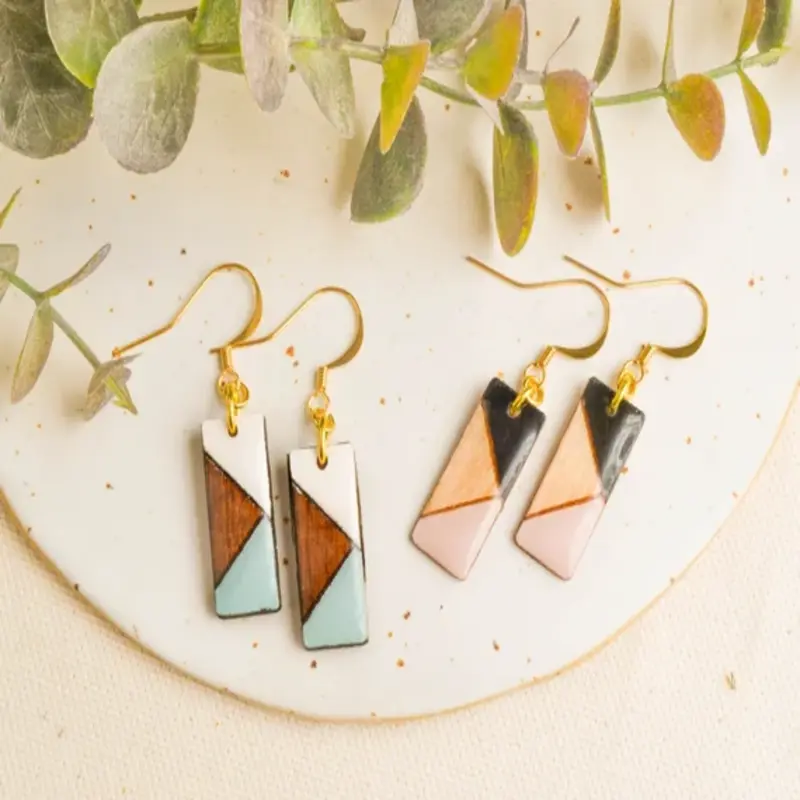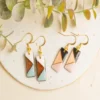In today’s world, where environmental consciousness and ethical sourcing are at the forefront of consumer concerns, the jewelry industry is experiencing a shift towards sustainability and responsible practices. Wood jewelry, with its natural beauty and eco-friendly attributes, has emerged as a popular choice for those seeking ethically sourced and sustainable accessories. Let’s delve into how sustainability and ethical sourcing are shaping the world of wood jewelry, and why these values are increasingly important to both designers and consumers.
Embracing Sustainability in Jewelry Design
Sustainability has become a driving force in the jewelry industry, prompting designers to explore eco-friendly materials and practices. Wood jewelry offers a sustainable alternative to traditional metals and gemstones, as it is sourced from renewable resources and requires minimal processing. By embracing wood as a primary material, designers can create beautiful pieces that leave a minimal environmental footprint.
Responsible Sourcing of Wood Materials
Ethical sourcing is another crucial aspect of sustainability in wood jewelry. Responsible designers prioritize the use of wood that is sourced from certified sustainable forests or reclaimed sources. This ensures that the wood used in jewelry production is harvested in a manner that promotes forest conservation, biodiversity, and the well-being of local communities. By choosing ethically sourced wood materials, designers can create jewelry that not only looks beautiful but also supports environmental and social sustainability.
Supporting Local Artisans and Communities
Many designers who specialize in wood jewelry prioritize working with local artisans and craftspeople. By supporting local talent and traditional craftsmanship, these designers help preserve cultural heritage and promote economic development in rural communities. Additionally, working with local artisans allows designers to maintain greater control over the sourcing and production process, ensuring transparency and accountability every step of the way.
Incorporating Recycled and Upcycled Materials
In addition to using sustainably sourced wood, many designers are incorporating recycled and upcycled materials into their wood jewelry designs. This includes using reclaimed wood from old furniture, flooring, and construction materials, as well as incorporating recycled metals and other components. By giving new life to discarded materials, designers reduce waste and minimize their environmental impact, while creating one-of-a-kind pieces with a unique story to tell.
Educating Consumers About Sustainability
As consumer awareness of sustainability issues grows, designers and brands are increasingly transparent about their sourcing and production practices. Through marketing efforts, educational initiatives, and storytelling, designers can inform consumers about the environmental and social impact of their wood jewelry purchases. By empowering consumers to make informed choices, designers can foster a greater appreciation for sustainable and ethical fashion practices.
Conclusion
In conclusion, sustainability and ethical sourcing are driving forces in the world of wood jewelry, shaping the way designers create and consumers shop for accessories. By prioritizing sustainable materials, responsible sourcing practices, and supporting local artisans, designers can create beautiful pieces that not only look good but also align with values of environmental and social responsibility. As consumers become more conscious of the impact of their purchasing decisions, the demand for sustainable and ethically sourced wood jewelry is expected to continue to rise.






